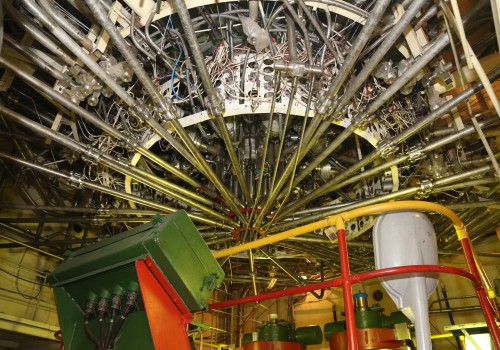NUR-SULTAN – Kazakhstan’s National Nuclear Center launched its IVG.1M research reactor using low-enriched uranium (LEU) on May 5, reports the Kazakh Ministry of Energy.

IVG.1M research reactor. Photo credit: National Nuclear Center
The IVG.1M research reactor is an upgraded version of the IVG.1 reactor used for tests of fuel assemblies (FA) and cores of high-temperature gas-cooled reactors including nuclear jet propulsion (NJP) reactors and nuclear power propulsion plants (NPPP).
A large number of research reactors in the world operate with highly enriched uranium, which poses a proliferation threat because highly enriched fuel (HEU) can be used to build nuclear weapons. Since 1978, to address these problems, various countries operating research reactors have signed international agreements to convert research reactors to LEU fuel instead. Kazakhstan became one of these countries in the early 2000s.
Kazakhstan has joined the project since 2010 seeking to reduce the level of fuel enrichment in the research reactor to less than 20 percent in accordance with International Atomic Energy Agency (IAEA) requirements while maintaining and improving its characteristics.
Russian and American specialists joined Kazakh scientists in computational and analytical work for the planned conversion of and testing for experimental LEU fuel, and then producing standard LEU fuel.
To date, the first stage in commissioning the LEU fuel reactor is underway. Following the next stage – a power start-up and the determination of the required characteristics of the new core – the IVG.1M reactor will be put into operation. The research work is expected to be resumed at IVG.1M as early as 2023.
The project is Kazakhstan’s important contribution to the global effort to reduce the threat of nuclear weapons proliferation, a mission that the country has undertaken after it voluntarily dismantled the world’s fourth-largest nuclear arsenal which it inherited from the Soviet Union.


